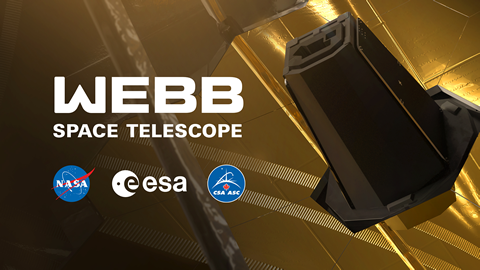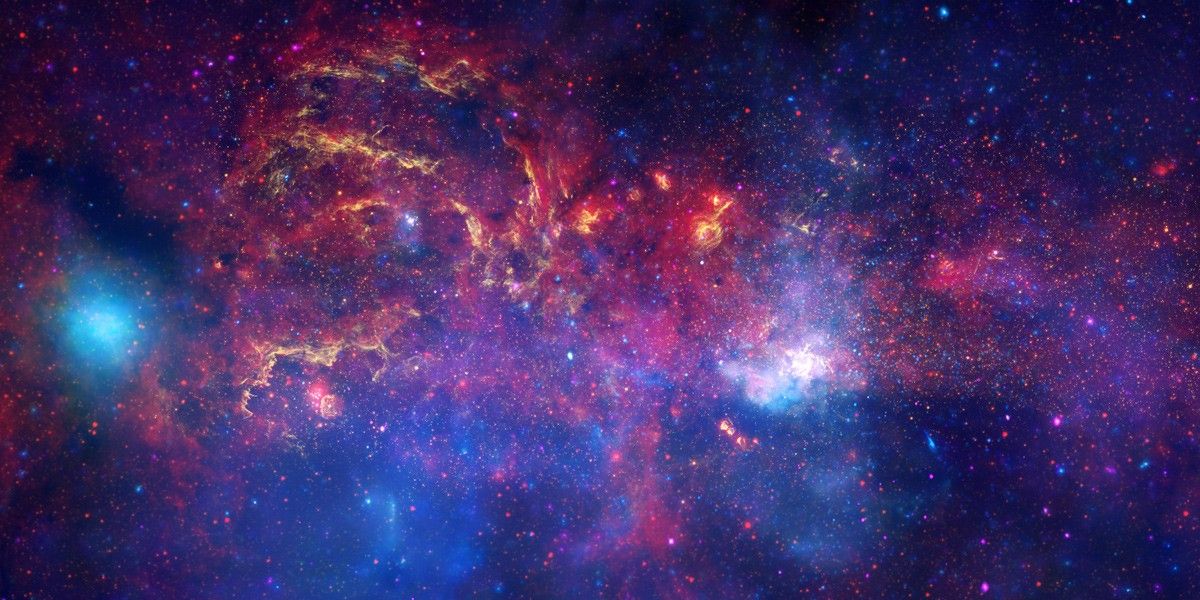I thought the last paragraph to be enlightening 
TANYA LEWIS, LIVESCIENCE
WASHINGTON — For the first time in history, humanity is within reach of finding Earth-like planets where life exists, but these extraterrestrials may not take the form of intelligent beings, experts say.
NASA's next-generation James Webb Space Telescope — set to launch in 2018 — and its larger successors will give scientists the opportunity to look for signatures of life in the atmospheres of planets outside the solar system, known as exoplanets. But these telescopes won't be capable of detecting whether the life forms are brainy beings or single-celled microbes.
"We believe we're very close to finding life on another planet," Sara Seager, an astronomer at MIT in Cambridge, Massachusetts, told a packed audience Monday (July 14) here at NASA Headquarters in Washington, D.C. Seager, who has been at the forefront of the search for a so-called "Earth 2.0," was part of a panel discussion about finding extraterrestrial life. [7 Huge Misconceptions About Aliens]
"I think everyone wants to see intelligent life — it's sort of part of our culture," Seager told Live Science. "But we're really just going to be happy to see anything at all."
However, even if humanity's first contact with alien life turns out to be single-celled organisms, that would still be "phenomenal," Seager said, because it would suggest life may be common beyond Earth. If living microbes exist elsewhere in the galaxy, it raises the chances that other intelligent life could have formed, she added.
NASA's Kepler Space Telescope, which launched in 2009, has helped scientists discover thousands of exoplanets. Astronomers now know that basically every star in the Milky Way galaxy has at least one planet orbiting it, Seager said. And as many as one in five planets around sun-like stars may possess an Earth-like planet in the so-called habitable zone, orbiting just at the right distance from its parent star where liquid water — and therefore life — might exist.
"We now know we live in a galaxy filled with planets," said John Grunsfeld, a former NASA astronaut and associate administrator of the agency's Science Mission Directorate in Washington, D.C.
John Mather, a Nobel laureate and astrophysicist at NASA's Goddard Space Flight Center in Greenbelt, Maryland, is also excited about the possibility of finding inhabited alien worlds. Mather is the project scientist for the James Webb Space Telescope (JWST), the $8.8 billion successor to the iconic Hubble Space Telescope.
Among other things, JWST will look for signs of life, or biosignatures — such as oxygen, carbon dioxide or water — in the atmospheres of exoplanets. The telescope will search for these biosignatures by analyzing the light that passes through the atmospheres of the planets as they orbit in front of their host stars.
But even with JWST, scientists would have to be "really lucky" to identify inhabited planets, because the light given off by these worlds is very faint, and the spacecraft can't collect enough light to see most of them, the panelists said. To really kick-start the search, NASA will need bigger telescopes, with mirrors that measure about 30 to 60 feet (10 to 20 meters) across — much larger than JWST's 21-foot (6.5 m) mirror, they said.
Still, if scientists find biosignatures in the atmosphere of an exoplanet, these clues will only tell them that some kind of life exists on the alien world — it won't tell them what form it takes, Seager said. For example, the extraterrestrial life could consist of simple bacteria or amoebas, instead of complex, multicellular beings.
JWST and its immediate successors won't be able to look for signals sent by intelligent life either, but if they find planets with any signs of life, other telescopes engaged in the Search for Extra-Terrestrial Intelligence (SETI) could focus on those planets and listen for radio waves or other signals that could point to a technologically advanced alien civilization. In fact, astronomers at the SETI Institute in Mountain View, California, are already making follow-up observations of exoplanets found by the Kepler spacecraft, Seager said.
Ultimately, humans may want to send probes or even manned spacecraft to planets that show signs of life — but with the limitations of current rocket technology, getting there would take much longer than a human lifetime.
TANYA LEWIS, LIVESCIENCE
WASHINGTON — For the first time in history, humanity is within reach of finding Earth-like planets where life exists, but these extraterrestrials may not take the form of intelligent beings, experts say.
NASA's next-generation James Webb Space Telescope — set to launch in 2018 — and its larger successors will give scientists the opportunity to look for signatures of life in the atmospheres of planets outside the solar system, known as exoplanets. But these telescopes won't be capable of detecting whether the life forms are brainy beings or single-celled microbes.
"We believe we're very close to finding life on another planet," Sara Seager, an astronomer at MIT in Cambridge, Massachusetts, told a packed audience Monday (July 14) here at NASA Headquarters in Washington, D.C. Seager, who has been at the forefront of the search for a so-called "Earth 2.0," was part of a panel discussion about finding extraterrestrial life. [7 Huge Misconceptions About Aliens]
"I think everyone wants to see intelligent life — it's sort of part of our culture," Seager told Live Science. "But we're really just going to be happy to see anything at all."
However, even if humanity's first contact with alien life turns out to be single-celled organisms, that would still be "phenomenal," Seager said, because it would suggest life may be common beyond Earth. If living microbes exist elsewhere in the galaxy, it raises the chances that other intelligent life could have formed, she added.
NASA's Kepler Space Telescope, which launched in 2009, has helped scientists discover thousands of exoplanets. Astronomers now know that basically every star in the Milky Way galaxy has at least one planet orbiting it, Seager said. And as many as one in five planets around sun-like stars may possess an Earth-like planet in the so-called habitable zone, orbiting just at the right distance from its parent star where liquid water — and therefore life — might exist.
"We now know we live in a galaxy filled with planets," said John Grunsfeld, a former NASA astronaut and associate administrator of the agency's Science Mission Directorate in Washington, D.C.
John Mather, a Nobel laureate and astrophysicist at NASA's Goddard Space Flight Center in Greenbelt, Maryland, is also excited about the possibility of finding inhabited alien worlds. Mather is the project scientist for the James Webb Space Telescope (JWST), the $8.8 billion successor to the iconic Hubble Space Telescope.
Among other things, JWST will look for signs of life, or biosignatures — such as oxygen, carbon dioxide or water — in the atmospheres of exoplanets. The telescope will search for these biosignatures by analyzing the light that passes through the atmospheres of the planets as they orbit in front of their host stars.
But even with JWST, scientists would have to be "really lucky" to identify inhabited planets, because the light given off by these worlds is very faint, and the spacecraft can't collect enough light to see most of them, the panelists said. To really kick-start the search, NASA will need bigger telescopes, with mirrors that measure about 30 to 60 feet (10 to 20 meters) across — much larger than JWST's 21-foot (6.5 m) mirror, they said.
Still, if scientists find biosignatures in the atmosphere of an exoplanet, these clues will only tell them that some kind of life exists on the alien world — it won't tell them what form it takes, Seager said. For example, the extraterrestrial life could consist of simple bacteria or amoebas, instead of complex, multicellular beings.
JWST and its immediate successors won't be able to look for signals sent by intelligent life either, but if they find planets with any signs of life, other telescopes engaged in the Search for Extra-Terrestrial Intelligence (SETI) could focus on those planets and listen for radio waves or other signals that could point to a technologically advanced alien civilization. In fact, astronomers at the SETI Institute in Mountain View, California, are already making follow-up observations of exoplanets found by the Kepler spacecraft, Seager said.
Ultimately, humans may want to send probes or even manned spacecraft to planets that show signs of life — but with the limitations of current rocket technology, getting there would take much longer than a human lifetime.





